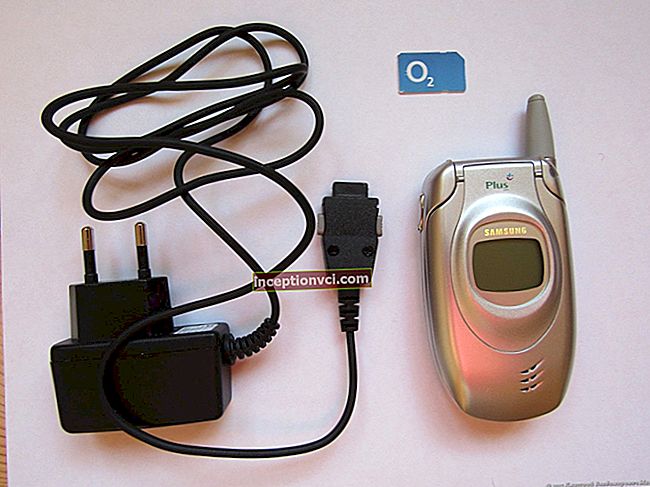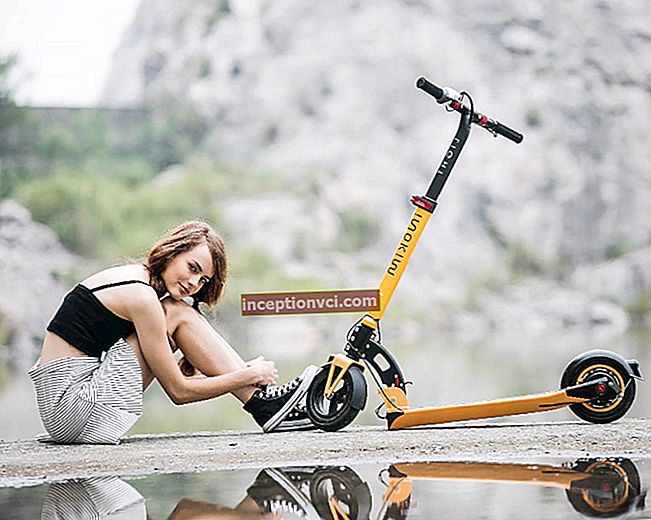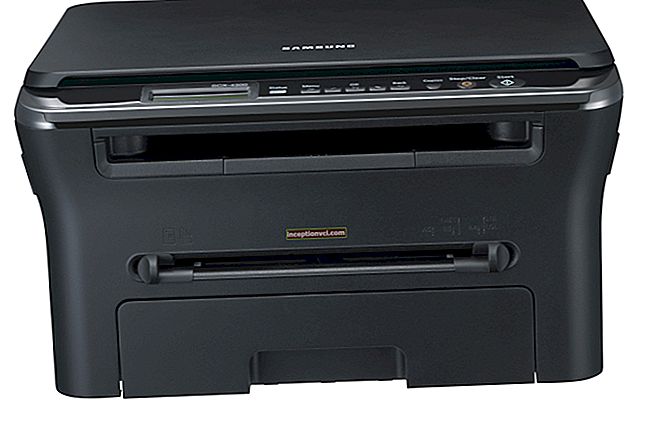Some models of tourist (sports) backpacks provide for the presence in them of the so-called drinking system (hydrator, hydropack, hydraulic system, "drinkers" - there are many names).
The hydrator is a soft plastic bag into which drinking water is poured. The higher the price of the drinking system, the better the quality of the plastic from which the container is made.
Cheap hydrators can give your drinking water a plastic-like flavor. This container with water is placed in a backpack, and from there water is supplied through a tube (plastic or silicone) to quench the traveler's thirst. There is a valve at the end of the tube (also called the nipple). By pressing on the nipple and turning it slightly, you can open the outlet for a stream of drinking water. The tube is secured to the shoulder straps.
With the help of the drinking system, a safe and fairly convenient consumption of water during the trip occurs: the traveler can easily quench his thirst, that is, reduce the dehydration of the body. Dehydration adversely affects the health of the traveler (athlete), increases the risk of injury while moving.
The high quality of the material from which the drinking systems are made ensures the purity and natural taste and color of the drinking water consumed - the athlete will not feel the taste of the hydropack in his mouth.
The design of the drinking system provides for complete interchangeability of its components ("flasks", tubes and valves), easy filling of the container with drinking water and quick cleaning with a brush.
Marathon runners, skiers, cyclists, hikers and climbers rely heavily on this type of drinking system during travel, training and competition.
Long-term exhausting training in difficult conditions causes an increase in the body's need for water by 40-60%, and the athlete will not always be able to freely quench his thirst. An excellent solution to this problem is having a hydropack at hand!
Often we can see a picture: cyclists are distracted from the planned route due to untimely removal of a water bottle (bicycle bottle) from the holder on the bike frame. Such actions create a dangerous situation for the rider himself and the athletes who are on the cycle track in the immediate vicinity, because there is a threat of falling at high speed!
To quench your thirst in such a situation with the help of a hydrator, you just need to turn your head slightly to the nipple attached to the backpack strap. This procedure does not require any stops and slowdowns in movement at all.
For each particular situation, a certain type of drinking system is suitable - they are completely different.
Depending on the degree of activity of the athlete / tourist, systems with different volumes are recommended:
1.Tourists, hikers, as well as climbers can recommend a hydrator with a volume of 2 - 3 liters or a tourist drinking system (for example, the Salewa Transflow Hydrationpack 2.0 L model)
2.For runners, cyclists, active hikers, a belt-mounted drinking system or a small 1 liter hydrator is recommended (e.g. Ferrino H2 Bag 1 LT and Deuter Streamer 1.0 models)
3. Athletes - Cyclists can do without a small drinking system - they just need to use a bottle.
4. Cyclists - amateurs will be able to quench their thirst with the help of hydropacks with a volume of 1 - 2 liters (for example, the Travel Extreme model Drinking system)
5. Tourists traveling by bicycles should have a small to medium sized drinking system with a volume of 2-3 liters (for example, the Salewa Transflow Hydrationpack 3.0 L model).
6. Mountain tourists traveling by bicycles will be able to provide themselves with water using a large system of 2 - 3 liters (for example, models Ferrino H2 Bag 2 LT, Deuter Streamer 3.0 and Ferrino H2 Bag 3 LT)
7.For professionals, as well as amateurs of snowboards and skiing, small to medium-sized systems with 2 liter tanks are recommended (it is advisable that the hoses are thermally insulated).
The main purpose of the drinking system is to transport water.
For climbers and hikers who travel on foot, there are 2 ways to provide drinking water.
Firstly, this is the purchase of a ready-made drinking system with an existing tank. All the components fit together as part of one kit, so the container can be easily removed, filled with drinking water and washed if necessary.
Secondly, if the athlete already has his own drinking system, then he can add a reservoir there. Almost every modern backpack has a dedicated inner sleeve with an outlet for hoses or a section for the container of the drinking system. Measurements of the hose should be carried out in advance in order to be sure of the correct size of the purchased tank.
If you like to hike or bikethen you need a low weight, compact, road-holding drinking system. The extra space in such systems is too small to accommodate enough items on the way. It will be able to accommodate keys, a small first aid kit and a light sweater, for example.
When traveling short distances it is impractical to purchase a whole drinking system, since even small bulges behind the back can provide tremendous resistance to the wind and interfere with normal movement.
But for long journeys a drinking system will come in handy. You just have to make a choice in favor of the convenience or size of the system. The cyclist will prefer a simple, lightweight and stable drinking system. But for a march, it is more expedient to purchase a large drinking system.
Do you like cycling in the highlands? Then at every step you are faced with everything "big" - frames, tires, slopes, dangerous situations, vibrations. Therefore, your drinking system also needs to be bulky, with plenty of cargo space.
Lovers of snowboards and skislike backpackers, they prefer to purchase sports systems with components and parts covered with a thermal insulation coating. The purchased drinking water tank must also be thermally insulated. If the system already has a reservoir, then make sure that it is sufficiently "insulated" with a valve pad. There are drinking systems on the market that are ideal for use in alpine skiing: with the help of special straps, you can attach the system to a snowboard or ski track. The reservoirs of such systems are initially thermally insulated.
How not to miscalculate with the volume of the tank?
Capacity up to 1.5 liters: suitable for children and adolescents, for short distances, for amateur cyclists.
2 liter capacity: the most common tank size. It represents the ideal balance of weight and size. The reservoir contains just enough water to satisfy the thirst of a cycling enthusiast. You should only occasionally check the amount of water in the container and add liquid to the desired level.
Capacity for 3 liters: the contents of the reservoir will be sufficient to satisfy the thirst of a thirsty athlete who is unwilling or unable to make frequent stops to replenish drinking water supplies.
A liter package of water has a weight of 1 kg, so it is rather difficult to move 3 liters of drinking water contained in such a tank. At the same time, such a volume of water ensures good mobility of the traveler. If the distance between settlements is not too long, then the tank can only be partially filled in order to reduce its weight.
Choosing the diameter of the tank neck
Containers with a volume of more than one liter have a neck diameter of about 12 mm. The width of the neck will allow not only pouring drinking water into the tank, but also placing several ice cubes there. And it is quite simple to clean the inner surface of a tank with a wide mouth - a special brush freely enters inside.
How big should a hydration backpack be?
Initially, you should decide on the goals of using the additional system space.
The maximum amount of additional cargo space available in modern drinking systems is 41 liters. The systems are equipped with excellent fastening mechanisms, which provide maximum comfort when moving.
Hikers can purchase a drinking system with a smaller volume of cargo space (29 liters), which will not burden the tourist during the hike.
Mountain bikers can purchase systems with a volume of 20-25 liters. Such a system will provide the traveler with enough cargo space for daily cycling trips. The smallest drinking systems in this category have a volume of about 3 liters, which will be enough to accommodate only a spare bicycle tube, documents and a sandwich, for example.
Some athletes - cyclists take extra clothes with them during the runs, so they need a drinking system with a large cargo space. Other athletes choose small systems that fit under a sports jacket to keep their drinking water tank warm in freezing weather.
Tourists-pedestrians and sportsmen - cyclists participating in road runsshould choose drinking systems with a small volume of cargo space. Since the road bike is designed to sit almost horizontally for the athlete or traveler, any bulky "structure" on the back will resist the wind and cause discomfort when moving.
Ergonomic drinking system
In each specific situation, a drinking system of a sufficiently large or small volume will be required.
Mountain bikers always take a helmet and other protective accessories with them on their hikes. Therefore, they desperately need additional cargo space in the system.
Amateur cyclists usually take light jackets, small tool kits, bike cameras, sandwiches and other small items on their hikes. They don't need a lot of extra cargo space.
It should be remembered that a volumetric drinking system is less aerodynamic than a small, compact system. A large system, the cargo space of which is full to the full volume, will constantly move from back to side or strike a rider's helmet. Be realistic about the conditions in which you are going to use the drinking system.
A small drinking system is much more conveniently fixed on the back than a larger one. When buying, imagine the size of a fully loaded system and estimate its approximate weight - it will all rest on your back during a run or transition! If you always carry bulky or heavy loads with you, make sure that the system is equipped with a reliable and durable waist belt.
Make a detailed list of things you might find useful during your trip.Try to mentally distribute all these things into pockets, sections, compartments of the system. Make sure your drinking system has enough comfortable compartments for you.
Assess its size in advance: will your blazer fit there, is there a special pocket in the system for moving dangerous tools, is there enough space in the system to move food in the right amount? All of these questions must be answered prior to purchasing a drinking system.
Drinking systems are available for sale specifically for women and children.
Drinking hose and valve
Drinking hoses
Most of the drinking systems on the market contain polyurethane hoses. This material is very flexible and durable. The disadvantage of such hoses is the taste left by the polyurethane in the mouth. You can get rid of the aftertaste by checking the hoses for moisture inside after each trip. Disconnect the hose from the system and shake out the remaining water. If the hose is always connected to the system, then remove the valve from it.
It is not advised to dry the hose in the sun as it can deform in direct sunlight. The most preferred place to dry the straw is in a well-ventilated area.
Valve
Drinking systems have valves made of silicone. Pressing lightly on the valve with your teeth will draw water out of the reservoir. We do not recommend exposing the valve to strong teeth, as it can wear out and leak too quickly. Valves that have a rotary system or a switch flow much less frequently than valves with a “bite” system (they will have to be changed very often).
Hose outlet
It is one or more slots that help the drinking straw to come out of the water tank itself. Most systems are equipped with two outlets that allow the drinking straw to be discharged above both the left and right shoulders. The drinking system can only be fitted with one outlet on one side. If you are used to constantly hanging up on the same shoulder, then this system will seem convenient to you.
Retainers
Some drinking systems contain so-called clamps that help secure the hose.
Frosty weather accessories
For use in frosty weather, you can choose an adapted drinking system with insulated hoses, containers, covers and valves. They add a little to the overall weight, but their use only brings convenience.
How to properly operate the drinking system?
If the ambient temperature is very low, fill the tank with warm water. After taking the last sip, push the water from the hose back into the container: "inhale" air into the tube. This procedure will prevent residual water from freezing inside the tube.
In hot weather, the container with water can be frozen. Make sure the tank is no more than three-quarters full before freezing, as water tends to expand during freezing. If you try to freeze a tank that is full, it will burst. An excellent purchase would be a thermally insulated tank with the same tube.
Do not allow the tube to "loose" - make sure it is fastened and the location of the hydrator.
Thoroughly rinse and dry the reservoir and tubing after each trip. Use special brushes to clean the reservoir.
Do not fill the container with juices with pulp as this will clog the valve. Use the drinking system with sufficient care as it is very fragile.
Follow the rules of personal hygiene: a hydrator is your personal item, like a toothbrush, which you should not give to other people to use.









